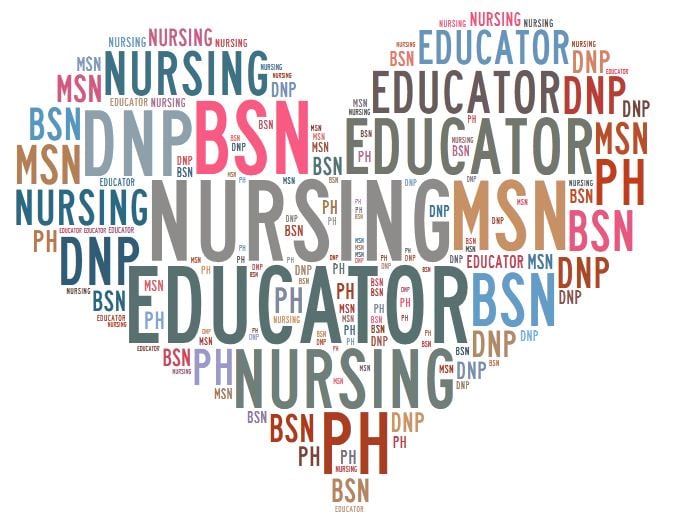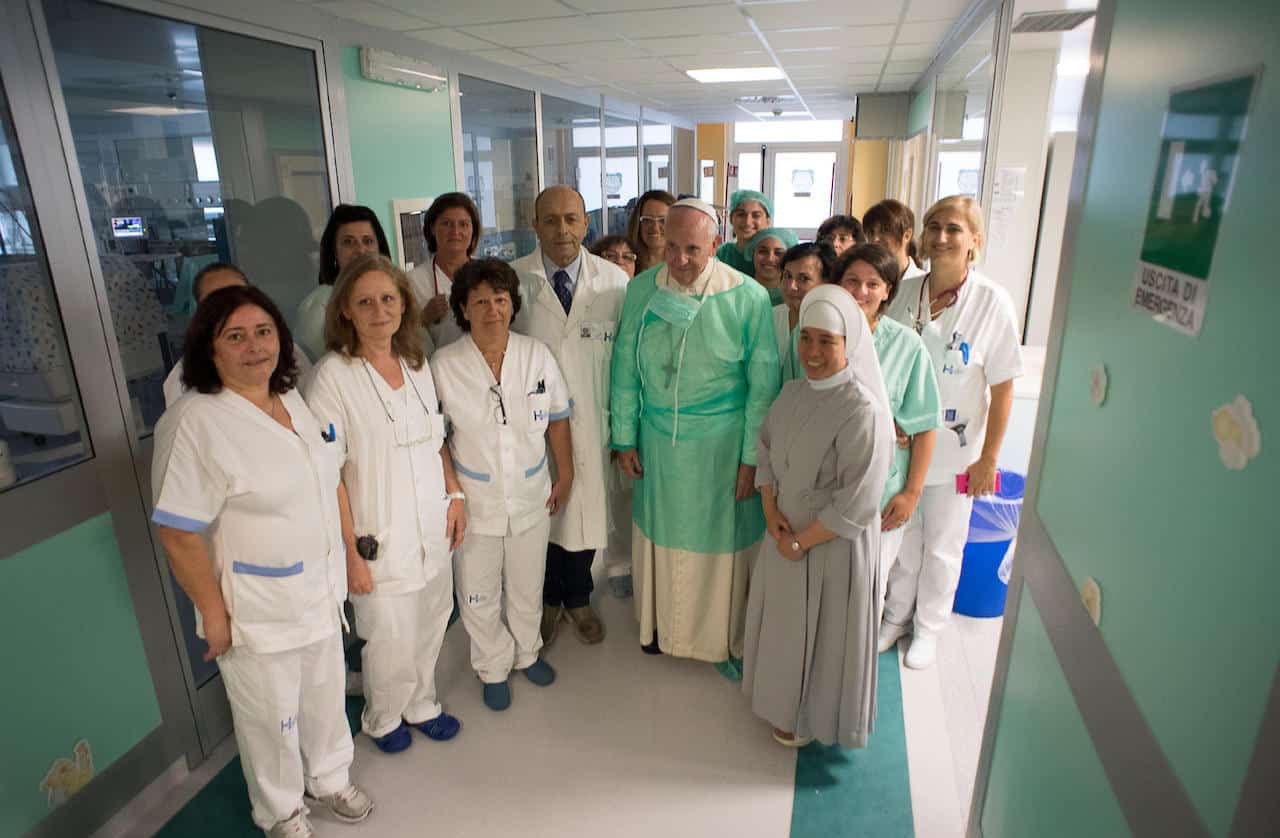 To be appreciated for who you are and what you do makes us feel good about ourselves. It affirms that we’re doing a good job and we’re being recognized for it. Appreciation goes a long way at work, at home and how we connect with each other. We thought you’d “appreciate” reading this article because someone pretty special thinks Nurses are amazing and we do too!
To be appreciated for who you are and what you do makes us feel good about ourselves. It affirms that we’re doing a good job and we’re being recognized for it. Appreciation goes a long way at work, at home and how we connect with each other. We thought you’d “appreciate” reading this article because someone pretty special thinks Nurses are amazing and we do too!
"I thank her and I want you to know her name: Sister Cornelia Caraglio,” said Pope Francis as he remembered the nurse who saved his life at 20 years old.
"When, at the age of 20, I was on the verge of death, she was the one who told the doctors, even arguing with them, 'No, this isn't working. You must give more,'" the Pope said during a meeting with thousands of nurses - members of Italy's national association of nursing professionals.
“And thanks to those things [her suggestions], I survived,” recalled the Pope.
The Pope Thanks Nurses
Pope Francis thanked all nurses in attendance, "you are there all day and you see what happens to the patient. Thank you for that!" he continued, “many lives, so many lives are saved thanks to you!”
He spoke about the importance of the nursing profession and the unique relationships nurses form with all members of the healthcare team - patients, families, and colleagues. Pope Francis stated that nurses are at “the crossroads” of all these relationships.
Furthermore, Pope Francis acknowledged the “truly irreplaceable” role nurses play in the lives of their patients. “Like no other, the nurse has a direct and continuous relationship with patients, takes care of them every day, listens to their needs and comes into contact with their very body, that he tends to,” stated Pope Francis.
The Pope called nurses, “promoters of the life and dignity of the persons.”
He spoke about the sensitivity they acquire from “being in contact with patients all day," and addressed the healing power of listening and touch. Calling touch an important factor for demonstrating respect for the dignity of the person.
He praised nurse’s continuous and tiring commitment to their individual patients despite the patient’s societal status. Calling a nurse’s care particularly important in a society which often leaves weaker people on the margin, only giving worth to people who meet certain criteria or level of wealth.
Pope Francis called the nursing profession “a real mission,” and referred to nurses as, “experts in humanity.”
When speaking of touch, Pope Francis told the story of when Jesus healed the Leper through touch. Encouraging the nurses, "we must recognize the importance of this simple gesture," Pope Francis said. "Mosaic law forbid touching lepers and banned them from approaching inhabited places. But Jesus went to the heart of the law, which is summarized in love for one's neighbor," stated Pope Francis.
While acknowledging the difficulty of the nursing profession, Pope Francis encouraged patients to have patience with nurses, to not demand things from nurses and to smile more at their nurses.
The Pope reminded nurses, "a caress, a smile, is full of meaning for one who is sick. It is a simple gesture, but encouraging, he or she feels accompanied, feels closer to being healed, feels like a person, not a number.”
Pope Francis encouraged nurses, to not forget the “medicine of caresses.”





 The healthcare industry is constantly evolving, and with new services come new roles. Policies and regulations are always changing, new technologies are being used, and patient care is becoming more convenient for them with
The healthcare industry is constantly evolving, and with new services come new roles. Policies and regulations are always changing, new technologies are being used, and patient care is becoming more convenient for them with 
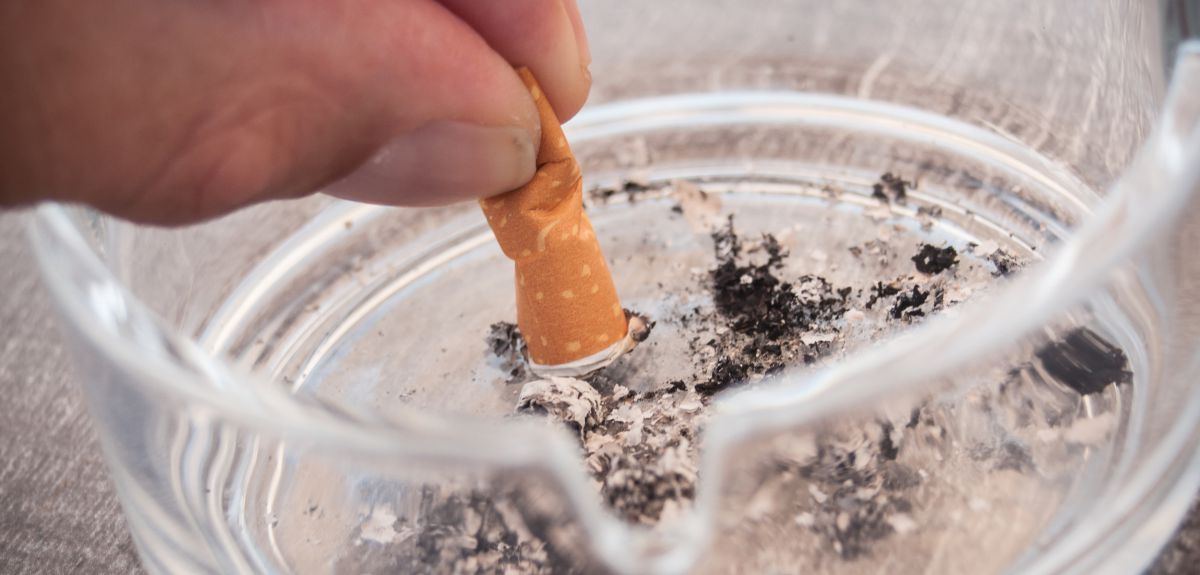 Nurse Amanda Eller in North Carolina shared this video comparing the lungs of a smoker with the lungs of a healthy patient. The damaged lungs belonged to a smoker who had smoked a pack of cigarettes a day for 20 years, Amanda
Nurse Amanda Eller in North Carolina shared this video comparing the lungs of a smoker with the lungs of a healthy patient. The damaged lungs belonged to a smoker who had smoked a pack of cigarettes a day for 20 years, Amanda  Major health care giants like Dana-Farber Cancer Institute and Massachusetts General Hospital have pledged to improve diversity recruitment of health workers. Reports showed a lack of diversity in hospitals and care discrepancies among patients. The hospitals plan to increase resources, hire executives focused on improving diversity and inclusion in their organizations, and more.
Major health care giants like Dana-Farber Cancer Institute and Massachusetts General Hospital have pledged to improve diversity recruitment of health workers. Reports showed a lack of diversity in hospitals and care discrepancies among patients. The hospitals plan to increase resources, hire executives focused on improving diversity and inclusion in their organizations, and more.  Healthcare organizations strive to provide culturally competent care for individuals who identify as lesbian, gay, bisexual, transgender, or queer (LGBTQ). Recent changes in society, including the legalization of gay marriage have raised public awareness of LGBTQ issues. Yet many healthcare professionals lack knowledge in some areas when caring for LGBTQ patients.
Healthcare organizations strive to provide culturally competent care for individuals who identify as lesbian, gay, bisexual, transgender, or queer (LGBTQ). Recent changes in society, including the legalization of gay marriage have raised public awareness of LGBTQ issues. Yet many healthcare professionals lack knowledge in some areas when caring for LGBTQ patients.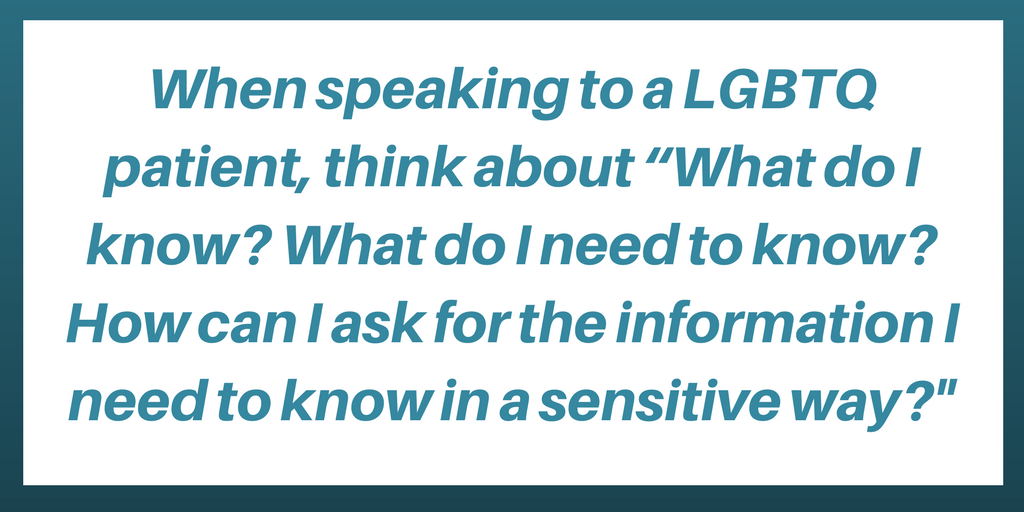

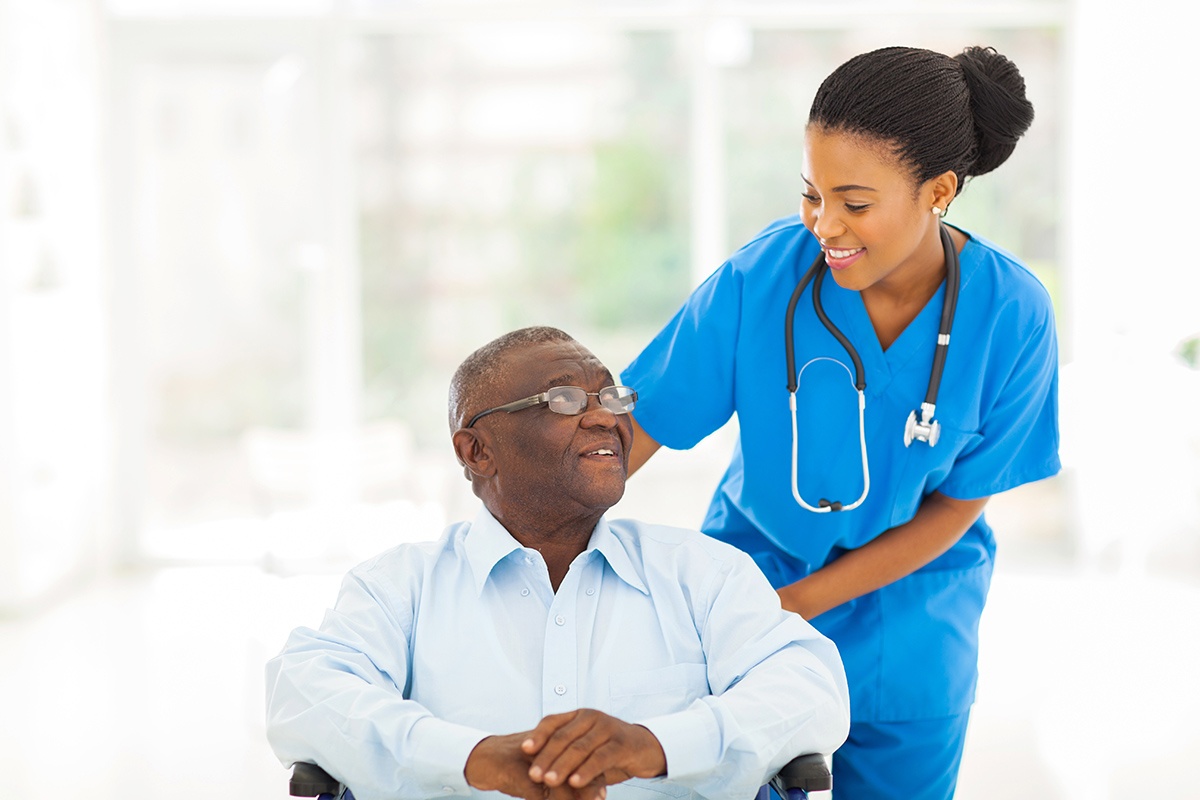
 Some retired Nurses have a difficult time figuring out what to do with their new free schedule. There are those who are looking forward to permanently taking time off from work. They’ve been waiting for this time to finally relax, take it easy, and indulge in hobbies.
Some retired Nurses have a difficult time figuring out what to do with their new free schedule. There are those who are looking forward to permanently taking time off from work. They’ve been waiting for this time to finally relax, take it easy, and indulge in hobbies.
 To be appreciated for who you are and what you do makes us feel good about ourselves. It affirms that we’re doing a good job and we’re being recognized for it. Appreciation goes a long way at work, at home and how we connect with each other. We thought you’d “appreciate” reading this article because someone pretty special thinks Nurses are amazing and we do too!
To be appreciated for who you are and what you do makes us feel good about ourselves. It affirms that we’re doing a good job and we’re being recognized for it. Appreciation goes a long way at work, at home and how we connect with each other. We thought you’d “appreciate” reading this article because someone pretty special thinks Nurses are amazing and we do too!